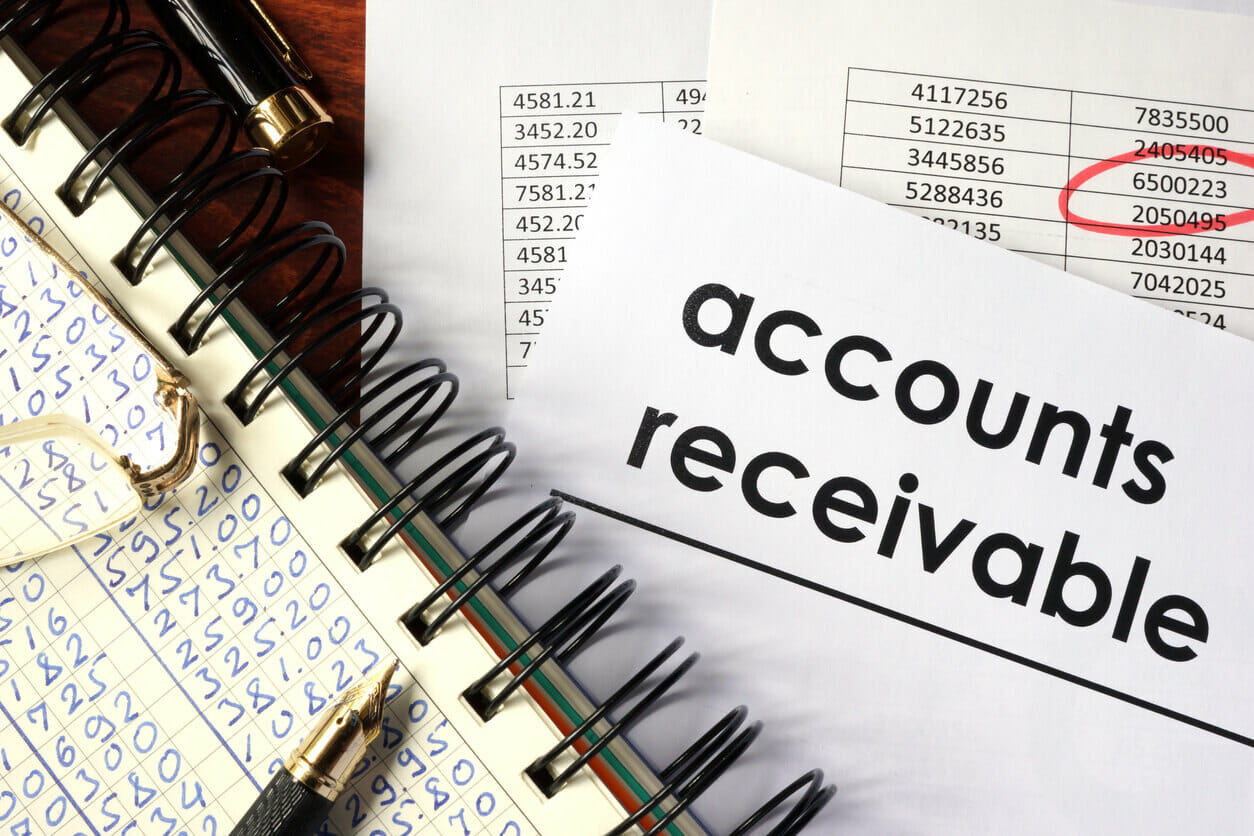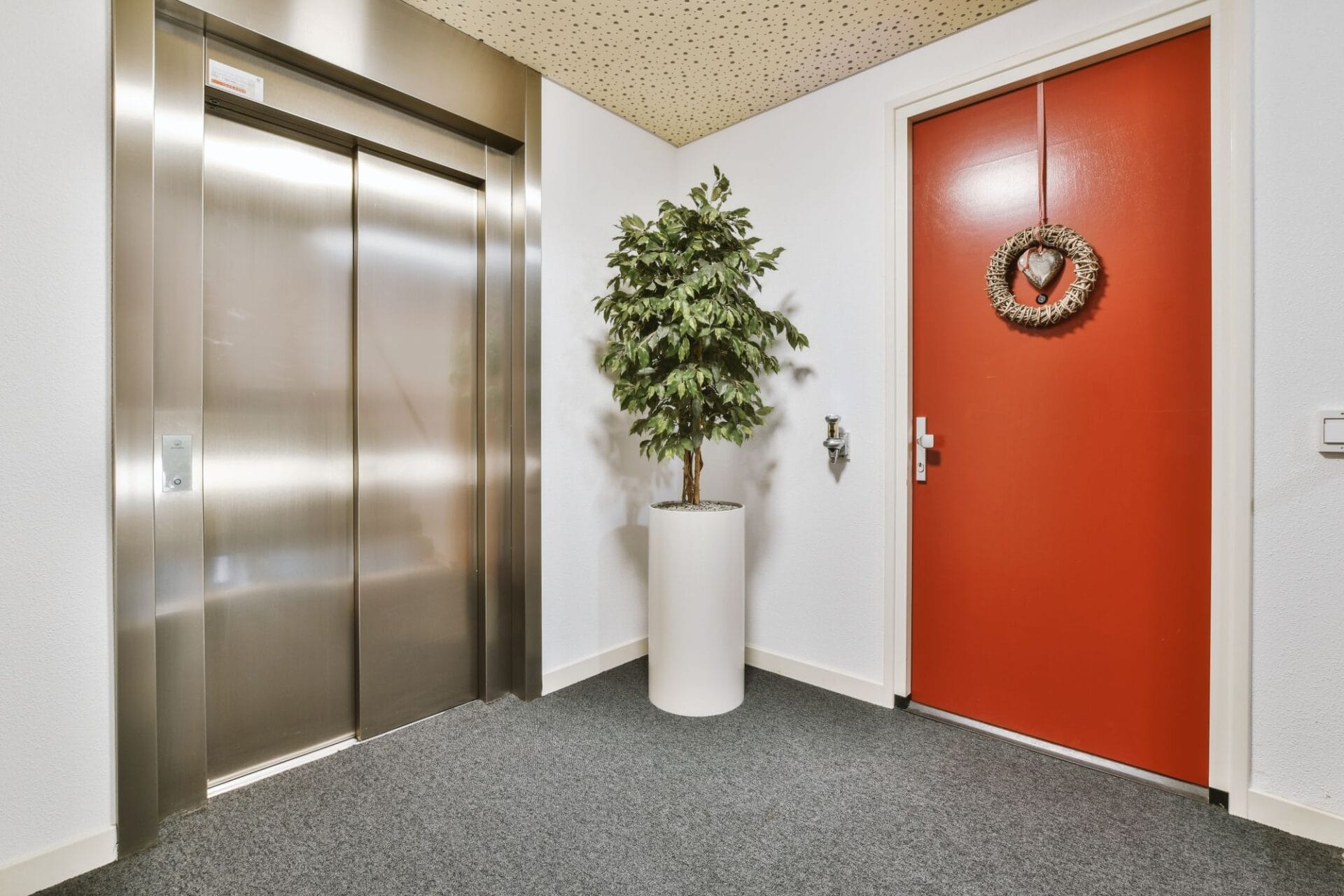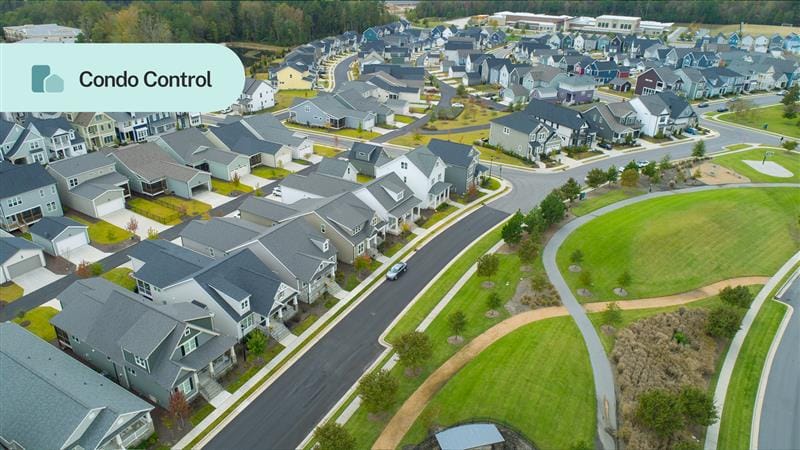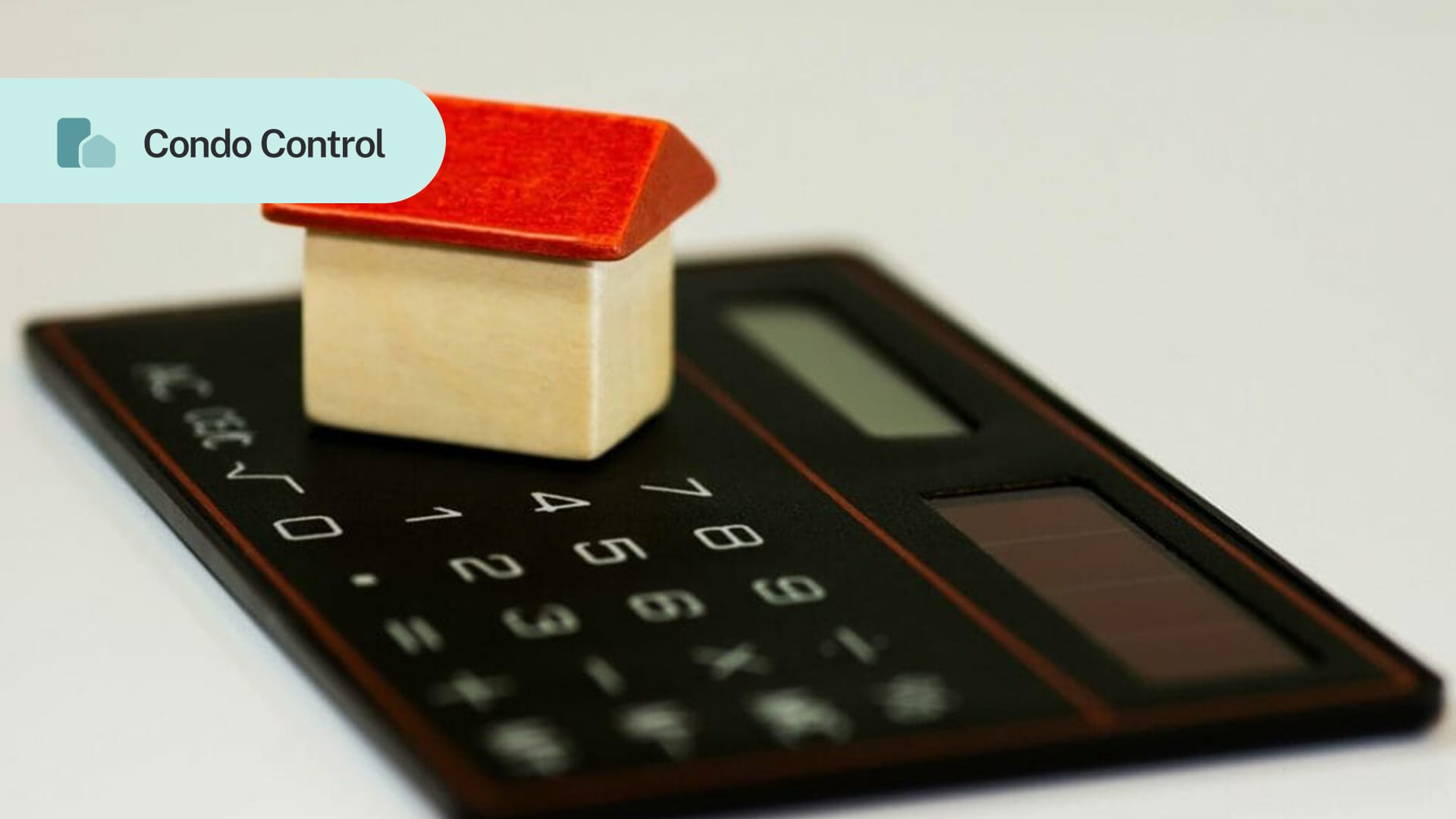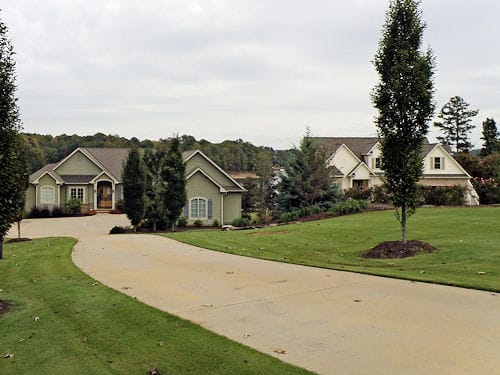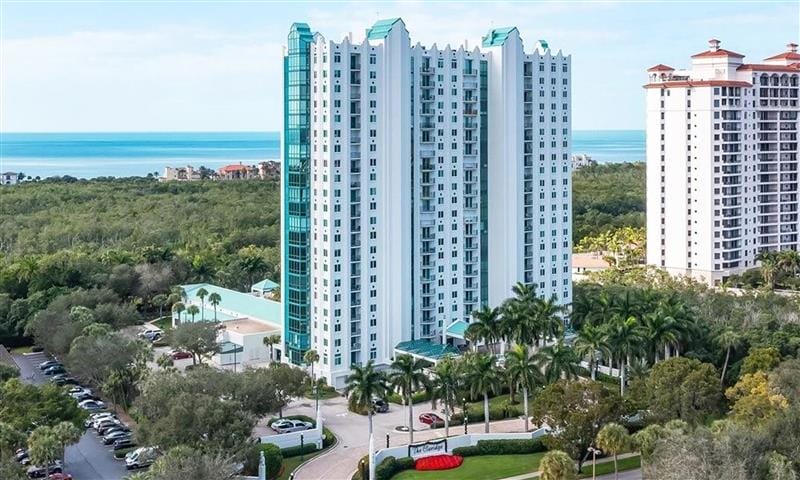When residents pay their fees or fines, these payments are documented under accounts receivable (AR). Vendor credits are also logged under AR. This element of accounting tracks the money coming into the corporation or association.
But like most things related to community finances, it’s much easier to talk about accounts receivable than manage them. Collecting payments is always a challenge because they come in at different times, and in different formats. Documenting this information is equally tedious and time consuming.
While we can’t eliminate this responsibility for you, we can suggest some ways to simplify the AR workflow for you and your team.
Table of contents
- Regulate billing practices
- Use electronic billing and online payments
- Set up automations
- Use the right KPIs
- Remove information silos
- Follow the process when collecting late payments
Regulate billing practices
Without structure, rules, or established expectations, anything goes. But spontaneity isn’t exactly ideal when you’re trying to get money from 200 owners. That’s why it is so important to implement consistent billing practices. Not only does this create a routine for you and/or your staff, but residents aren’t left wondering when they might receive their invoices or how they should make payments.
By creating a sustainable AR workflow, condos and HOAs will find that late payments become less common. By sending billing statements in the same format, at the same time each month, your residents become familiar with a routine. As a result, they’ll become more accustomed to making payments the same way at the same time.
Use electronic billing and online payments
Online banking has become almost ubiquitous in North America. Mobile apps make this option accessible to all age demographics, and the convenience cannot be overstated. So doesn’t it make good sense to offer online payment options to residents?
Not only does it make the payment process far easier for the people who live in the community, but it creates less work for you.
Teams that are still documenting accounts receivable payments manually are more prone to making mistakes. Between writing down payments, updating balances, and creating receipts, it’s understandable why someone might forget to fill in a field or add an extra “0.”
But even a small mistake can lead to bigger problems, and can even create conflict between residents and staff. Furthermore, time is wasted when someone has to go back and review the numbers.
Then there’s the issue of storing and locating physical records. Paper can easily be misplaced or lost, and aside from the obvious problems associated with losing documents, missing information can lead to costly compliance violations.
Electronic billing and online payments reduce manual data entry work for staff, and create records automatically. If you decide to use a cloud-based system, you’ll have the ability to access records from any computer. That way, you aren’t tied to the office.
It’s important to note that not every resident will want to make online payments. Your condo or HOA could install a secure lockbox so that you don’t have to arrange a meeting with these individuals to receive a payment on time.
Set up automations
With a digital AR system, you can also create automations to bypass some of the most tedious AR tasks. This typically includes email automation (late payment reminders, confirmation of payment) as well as sending out invoices.
Track KPIs
How will you know that your simplified AR process is working? Data, or metrics, will provide the answer.

Average Days Delinquent (ADD)
This is how many days, on average, payments are overdue. The lower the number, the better.
Turnover ratio
This number shows how quickly money is collected from residents. This metric will help you understand why your cash flow is strong or weak. A high ratio means there are too many accounts with uncollected revenue, and should prompt you to revisit your AR collection process.
Collection Effectiveness Index (CEI)
This is the percentage of accounts that you successfully collect payment on. You want this to be as close to 100% as possible.
Revised invoices
Revised invoices are a result of errors made on the original invoices. If you see a rise in your number of revised invoices over time, consider reviewing your billing policies and how you might be able to better support your team if other people are responsible for creating invoices.
Remove “information silos”
A cloud-based AR system ensures that anyone who needs access to accounts receivable information can get it, no matter where they are working from. Conversely, when team members have to wait for information because it is siloed off, it slows down the entire process.
Follow the process when collecting late payments
Inevitably, there will be residents who are consistently late with payments, or who avoid them altogether. Instead of having to figure out what to do next each time this happens, follow the condo or HOA’s rules/ procedures laid out in the governing documents.
Make sure all actions are in accordance with local laws. For example, you are probably required to give residents written notices and a reasonable amount of time to pay fees before more severe actions are taken.
Corporations/associations do have the power to pursue residents for unpaid fees, and to recover any legal expenses incurred while trying to collect money owed from delinquent owners.
These are some of the actions that communities are permitted to take while trying to secure outstanding fees:
- Send the resident a notice of arrears
- Apply interest to outstanding arrears after a certain amount of time has passed
- Revoke the owner’s right to vote
- Revoke a resident’s access to shared facilities
- Contact collections
- Contact legal counsel
- File a Notice of Lien
- Register lien
Conclusion
Accounts receivable is an ongoing responsibility that requires a great deal of time and resources. The less you and your team have to do by hand, the happier you’ll be.
It is recommended that condos and HOAs look into AR software to simplify and speed up workflows. The money you invest in this solution will be less than the costs associated with conducting this process manually. Not only can it help keep processes more consistent, but you will probably find that you make fewer errors.
Your time is valuable; spend it wisely.
